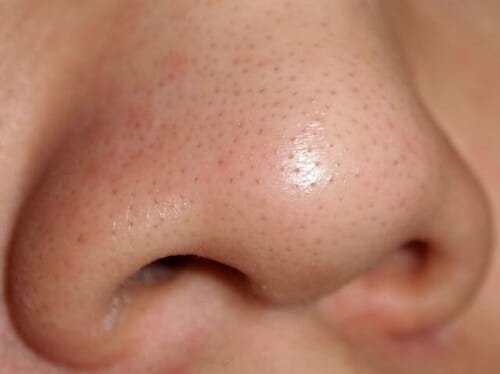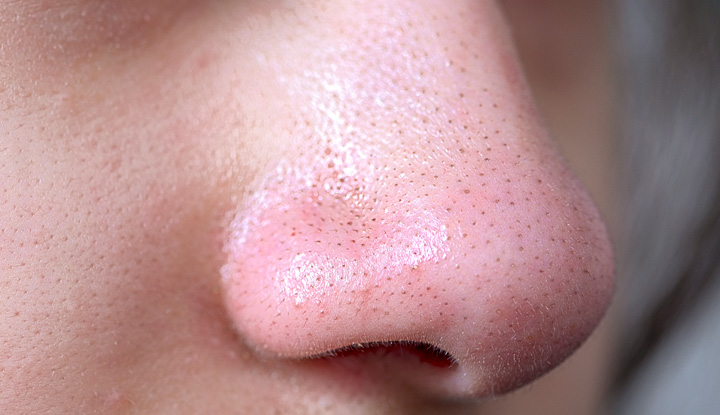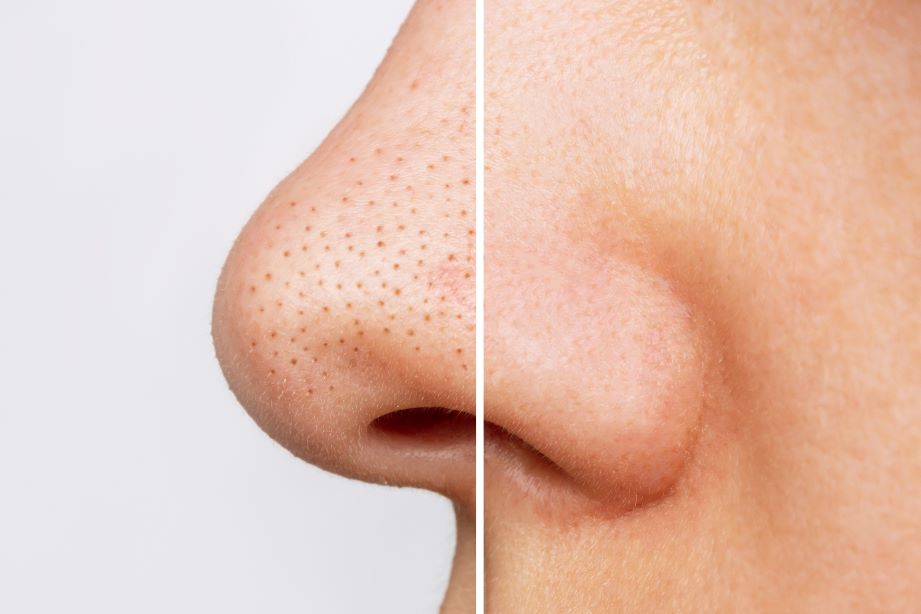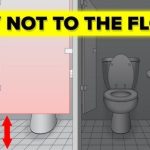Until now many people still think this is a blackhead…

Answer: This is actually a sebum filament, also called sebaceous filaments.
In fact, sebum filaments are a manifestation of sebaceous gland disorders, formed from sebum, excess oil, dead cells and dirt. These filaments lie deep inside the hair follicles or protrude above the skin surface, are opaque white or ivory white, soft, and very easy to pry off.

Are sebaceous filaments bad?
Sebaceous filaments are a normal, healthy element of your skin. They help sebum travel to the surface of your skin. Sebum helps keep your skin and hair hydrated and shiny.
What’s the difference between sebaceous filaments and blackheads?
Sebaceous filaments look similar to blackheads, but they’re not the same.
Blackheads are a type of acne. They’re open, dark-colored bumps on the surface of your skin that fill with excess oil and dead skin. In a blackhead, a plug of sebum is at the surface of your skin. The plug prevents oil from traveling through the pore.
Sebaceous filaments aren’t a type of acne. They don’t have plugs, so oil travels freely to the surface of your skin.
Blackheads look like a dark speck of dirt is in a bump on your skin. Obvious sebaceous filaments look like dark spots on your skin, but they’re usually smaller, flat and lighter in color — typically, gray, light brown or yellow.
If you squeeze sebaceous filaments out from your skin, a waxy, threadlike structure may pop out of your pore. If you squeeze blackheads out from your skin, the dark, waxy plug may pop out of your pore.

Can you get rid of sebaceous filaments?
You can’t get rid of sebaceous filaments, but you can make them smaller by following a skin care routine that includes:
Exfoliation: Exfoliating facial scrubs scratch away dead cells on the surface of your skin. Wet your face, apply a facial scrub to your affected areas and massage your skin in small, circular motions for up to 30 seconds. Rinse your face with water when you’re finished.
Salicylic acid: This is available over the counter as a cleanser or lotion. It helps remove the top layer of damaged skin. Salicylic acid dissolves dead skin cells to prevent your hair follicles from clogging.
Retinoids (vitamin A derivatives): Retinoids, such as Retin-A®, Tazorac® and Differin® (which is now available without a prescription), help prevent clogged pores. You may notice a change in skin color or peeling. These side effects are reduced by using retinoids every other day or by using them at the same time as a moisturizer.

